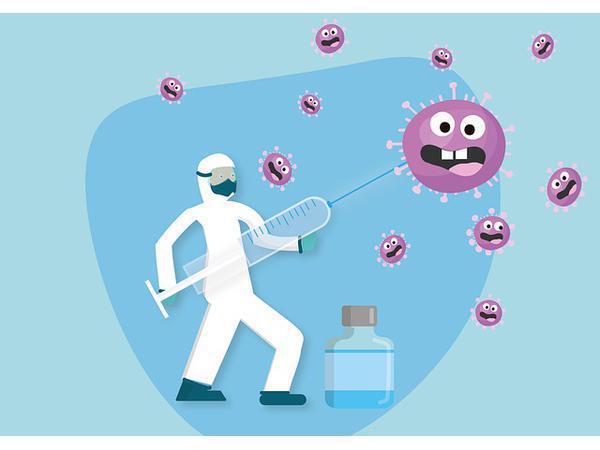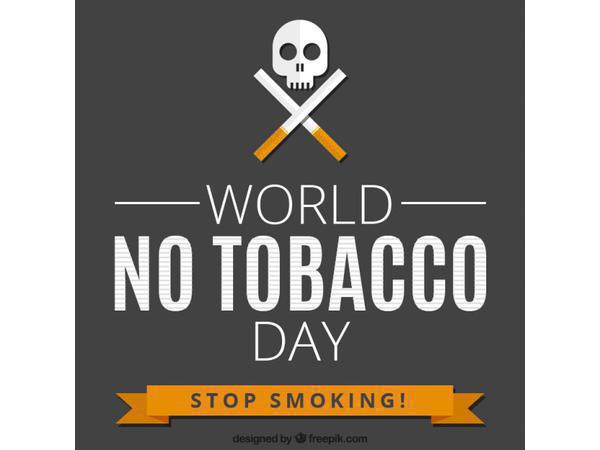How COVID-19 Vaccines Work

If you have been fully vaccinated, you still need to take precaution for the sake of those who have not yet been vaccinated. You are considered fully vaccinated 2 weeks after your second dose of your 2-dose vaccine, or 2 weeks after a single-dose vaccine.
Again, you are only considered fully vaccinated:
- 2 weeks after your SECOND dose in a 2-dose series, such as the Pfizer or Moderna vaccines
- 2 weeks after a single-dose vaccine, such as Johnson & Johnson’s Janssen vaccine.
So keep taking all precautions until you are fully vaccinated.
COVID-19 vaccines are safe and effective. You can read more information on vaccine effectiveness and scientific research at https://www.cdc.gov/coronavirus/2019-ncov/vaccines/effectiveness.html.
COVID-19 vaccination IMPORTANT to help stop the COVID-19 pandemic. It will help protect you from getting sick or severely ill with COVID-19.
However, some people who are fully vaccinated against COVID-19 will still get sick because no vaccine is 100% effective. According to the CDC, experts continue to monitor and evaluate how often this occurs, how severe their illness is, and how likely a vaccinated person is to spread COVID-19 to others.
The Body's Defense
To understand how COVID-19 vaccines work, we first look at how our bodies fight illness. When germs invade our bodies, they attack and multiply. This invasion (an infection) is what causes illness.
Our immune system then fights the infection. Blood contains red cells, which carry oxygen to tissues and organs, and white or immune cells, which fight infection. There are different types of white blood cells that fight infection in different ways:
- Macrophages are white blood cells that swallow up and digest germs and dead or dying cells. The macrophages leave behind parts of the invading germs, called “antigens”. The body identifies antigens as dangerous and stimulates antibodies to attack them.
- B-lymphocytes are defensive white blood cells that produce antibodies that attack the pieces of the virus left behind by the macrophages.
- T-lymphocytes attack cells in the body that have already been infected.
The first time a person is infected with the virus that causes COVID-19, it can take several days or weeks for their body to make and use all the germ-fighting tools needed to get over the infection.
Then after the infection, our immune system remembers what it learned about how to protect the body against that disease.
This is because body keeps a few T-lymphocytes, called “memory cells,” that go into action immediately if the body encounters the same virus again. When the familiar antigens are detected, B-lymphocytes produce antibodies to attack them.
Source: https://www.cdc.gov/coronavirus/2019-ncov/vaccines/different-vaccines/how-they-work.html
How COVID-19 vaccines work
There are different types of vaccines that offer protection. But with all types of vaccines, the body is left with a supply of “memory” T-lymphocytes as well as B-lymphocytes. This means that the body will remember how to fight that virus in the future.
However, it will take typically take a few weeks after vaccination for the body to produce T-lymphocytes and B-lymphocytes. It is possible that a person could be infected with the virus that causes COVID-19 just before or just after vaccination and then get sick because the vaccine did not have enough time to provide protection. This is why you should still take precautions after getting vaccinated. Go straight home, rest and allow the body ample time to produce T-lymphocytes and B-lymphocytes.
After vaccination, the process of building immunity can cause symptoms, the most common of which is fever. These symptoms are signs that the body is building immunity and is normal.
This video will provide you with a clearer illustration of how the COVID-19 vaccines work.
Types of vaccines
Please hinumdumi: NONE of these vaccines can give you COVID-19. These vaccines prompt our bodies to recognize and protect us from the virus that causes COVID-19.
- mRNA vaccines contain material from the virus that causes COVID-19 that gives our cells instructions for how to make a harmless protein unique to the virus. After our cells make copies of the protein, they destroy the genetic material from the vaccine. So then our bodies recognize that the protein should not be there and build T-lymphocytes and B-lymphocytes that will remember how to fight the virus that causes COVID-19.
- Protein subunit vaccines include harmless pieces (proteins) of the virus that causes COVID-19 instead of the entire germ. After getting vaccinated, our bodies then recognize that the protein should not be there and build T-lymphocytes and antibodies that will remember how to fight the virus that causes COVID-19.
- Vector vaccines contain a modified version of a different virus than the one that causes COVID-19. Inside the shell of the modified virus, there is material from the virus that causes COVID-19 called a “viral vector.” Once the viral vector is inside our cells, the genetic material gives cells instructions to make a protein that is unique to the virus that causes COVID-19. Using these instructions, our cells then make copies of the protein. This later prompts our bodies to build T-lymphocytes and B-lymphocytes that will remember how to fight that virus.
Source: https://www.cdc.gov/coronavirus/2019-ncov/vaccines/different-vaccines/how-they-work.html









